The two biggest mistakes I see students make when learning how to play guitar is failing to master their fundamentals and not developing good technique. My Blues Grit course with TrueFire is broken down into three sections: Fundamentals, Essential Techniques & Concepts, and Performance Studies. Each of these sections was designed to take students through the process of learning how to play blues guitar from the ground up.
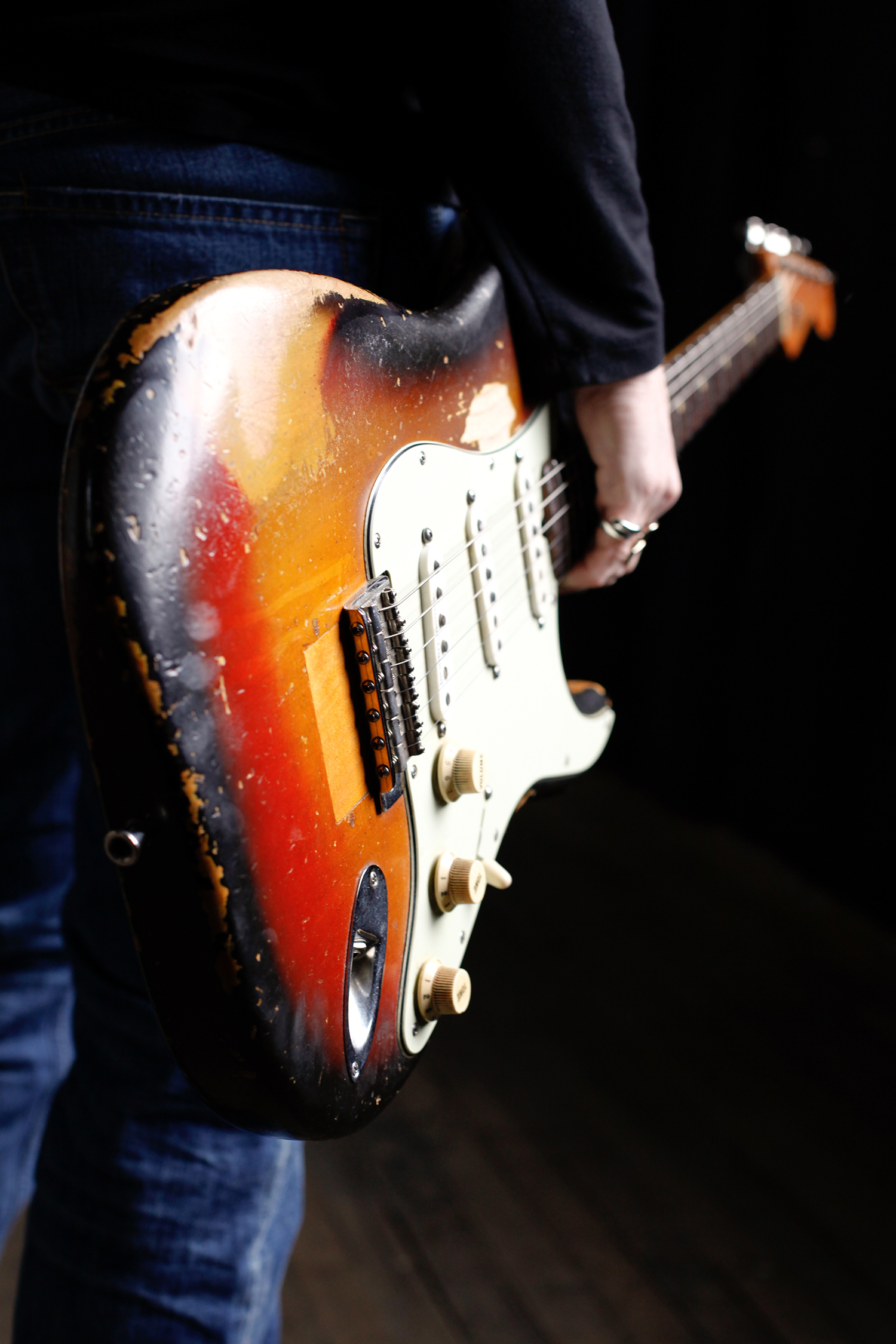 In this lesson, I’d like to focus on three of the ten techniques and concepts found in section two: hammer-ons & pull-offs, bends & vibrato, and rakes & slides. These three techniques are the building blocks for playing blues guitar solos!
In this lesson, I’d like to focus on three of the ten techniques and concepts found in section two: hammer-ons & pull-offs, bends & vibrato, and rakes & slides. These three techniques are the building blocks for playing blues guitar solos!
Example #1: Hammer-Ons & Pull-offs
Hammer-ons & pull-offs can be used throughout your solos to make your phrasing fluid. There’s no picking required when you’re hammering on or pulling off a note, making it easy to access speed and to weave licks together with less effort than when picking each note. Hammer-ons & pull-offs can be played together as a stand-alone lick; or used to embellish almost any solo section.
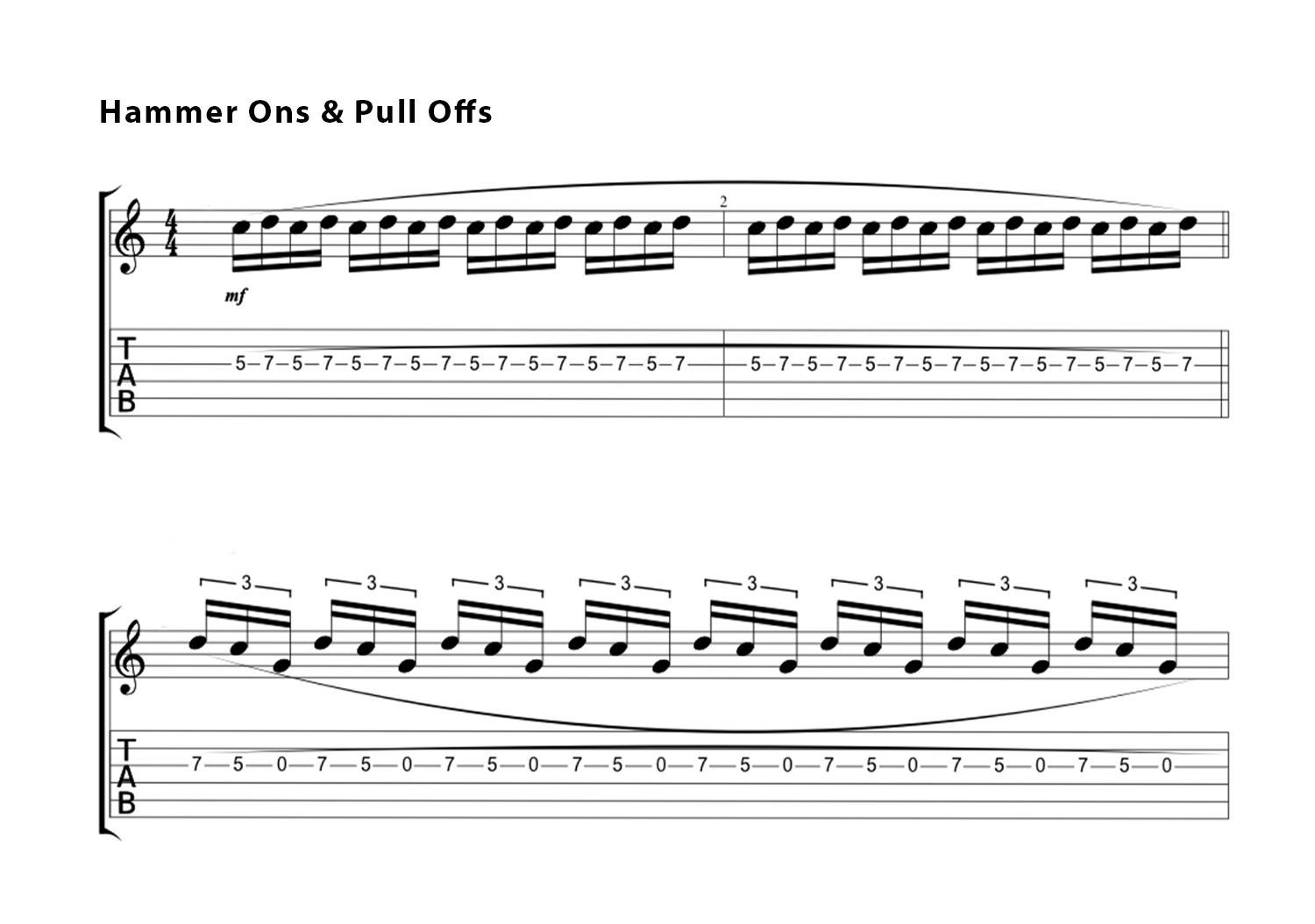
Example #2: Bends & Vibrato
Bends and vibrato can be used to make your guitar weep and moan. A bend, when played properly, can move a listener to the edge of their chairs more than any technique I know. Learning to bend in pitch is no small task. When bending a note, I like to add a touch of vibrato as the note reaches its desired pitch. This adds a touch of grace to each bend as it allows the player to dial in the perfect pitch of the note and to milk it for everything it’s worth. Never underestimate the power of just one note!
Vibrato puts power in the tips of your fingers and allows you to pour emotion into any note that you play. This technique can be subtle or dynamic; it can build tension or offer release. Vibrato can add warmth, depth and sustain to a note and can be used to create space within a phrase, allowing the phrase to breathe without losing energy.
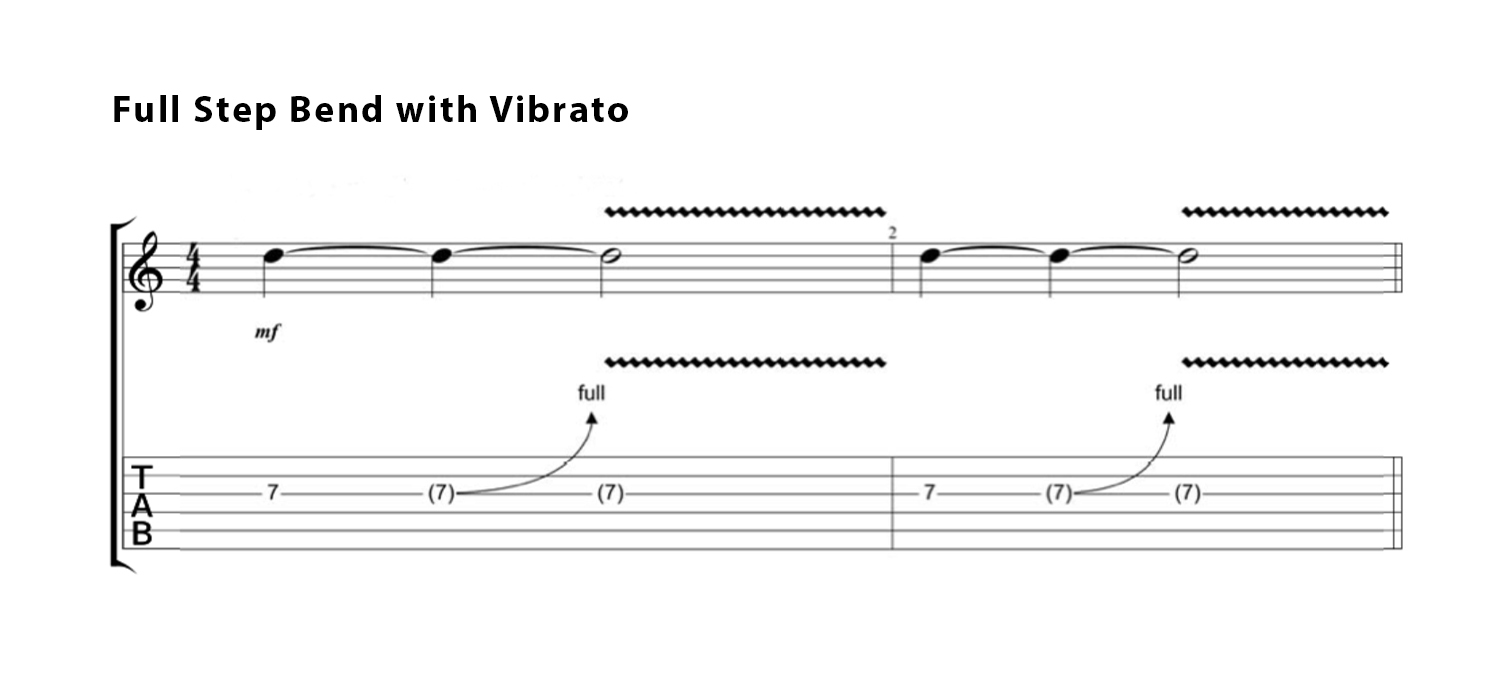
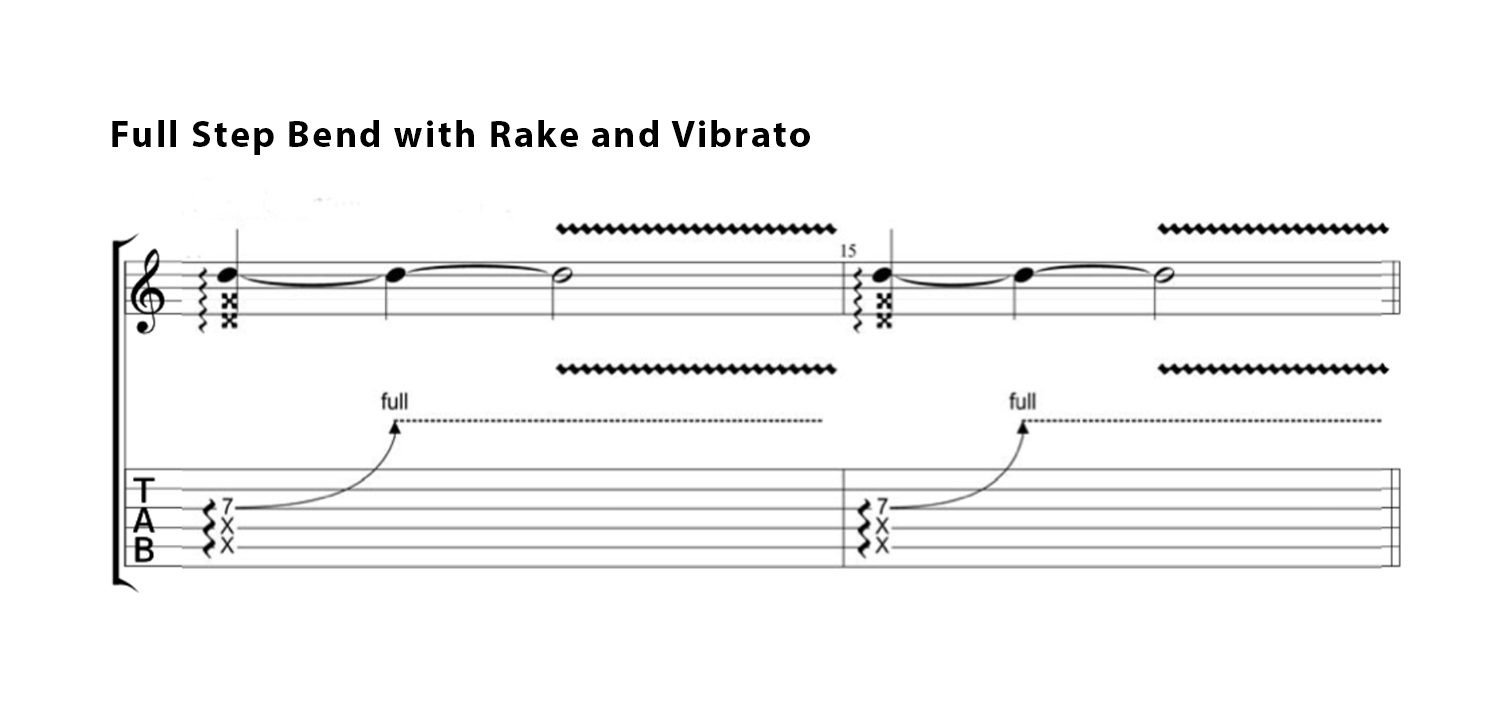
Example #3: Rakes & Slides
Rakes are an excellent way to kick off a solo or a phrase. They add dynamics, punctuation, and articulation and they create a focal point to a series of notes played. By adding a rake just before playing a note, allows you to make a statement. The force of the attack, whether subtle or dynamic, determines the impact and sets the stage for what’s to follow.

Slides are like glue. The more comfortable you become as a player, the more naturally they begin to show up. I use slides to start or end a solo or a phrase. Slides can be used to tie two notes together or to weave together a tapestry of licks. Slides connect your hands to the neck of your guitar and your soul to its strings.
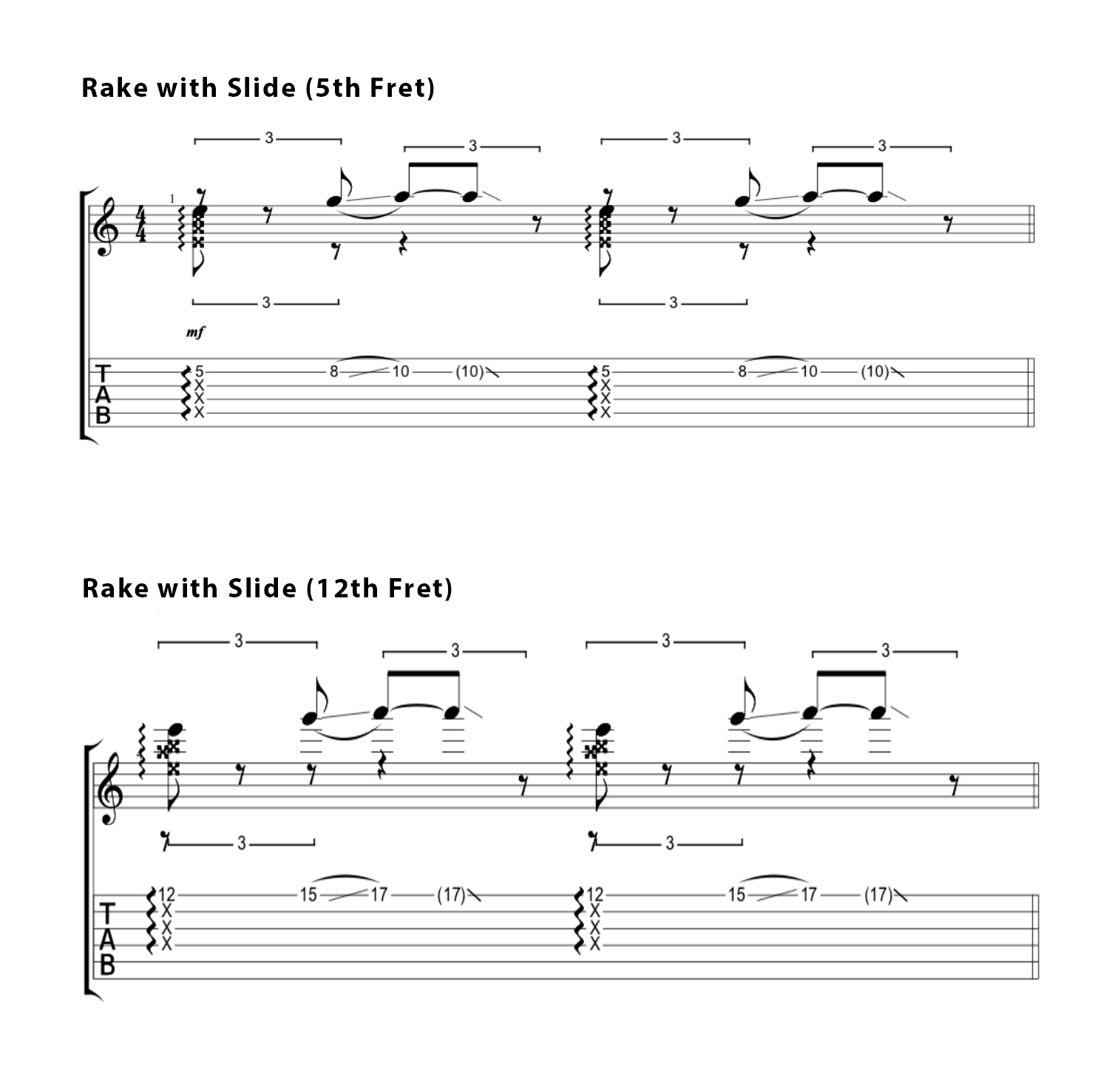
There are countless guitarists that can play a 12-bar blues song, but how many of them make you feel something, how many of them do you remember, and how many of them inspire you to go home and practice? These techniques and concepts will allow you to breathe life into your playing and make each note come to life.
Blues songs all have the same basic foundation; it’s you that makes the difference. By learning and incorporating these three techniques and concepts, your ability to play blues guitar solos will explode!


